Hussein Chalayan’s new Istanbul exhibition: disembodiment meets postcolonialism
Hussein Chalayan explores identity and the postcolonial body in a new exhibition, ‘Souffleur’, taking place at Istanbul’s Sakıp Sabancı Museum
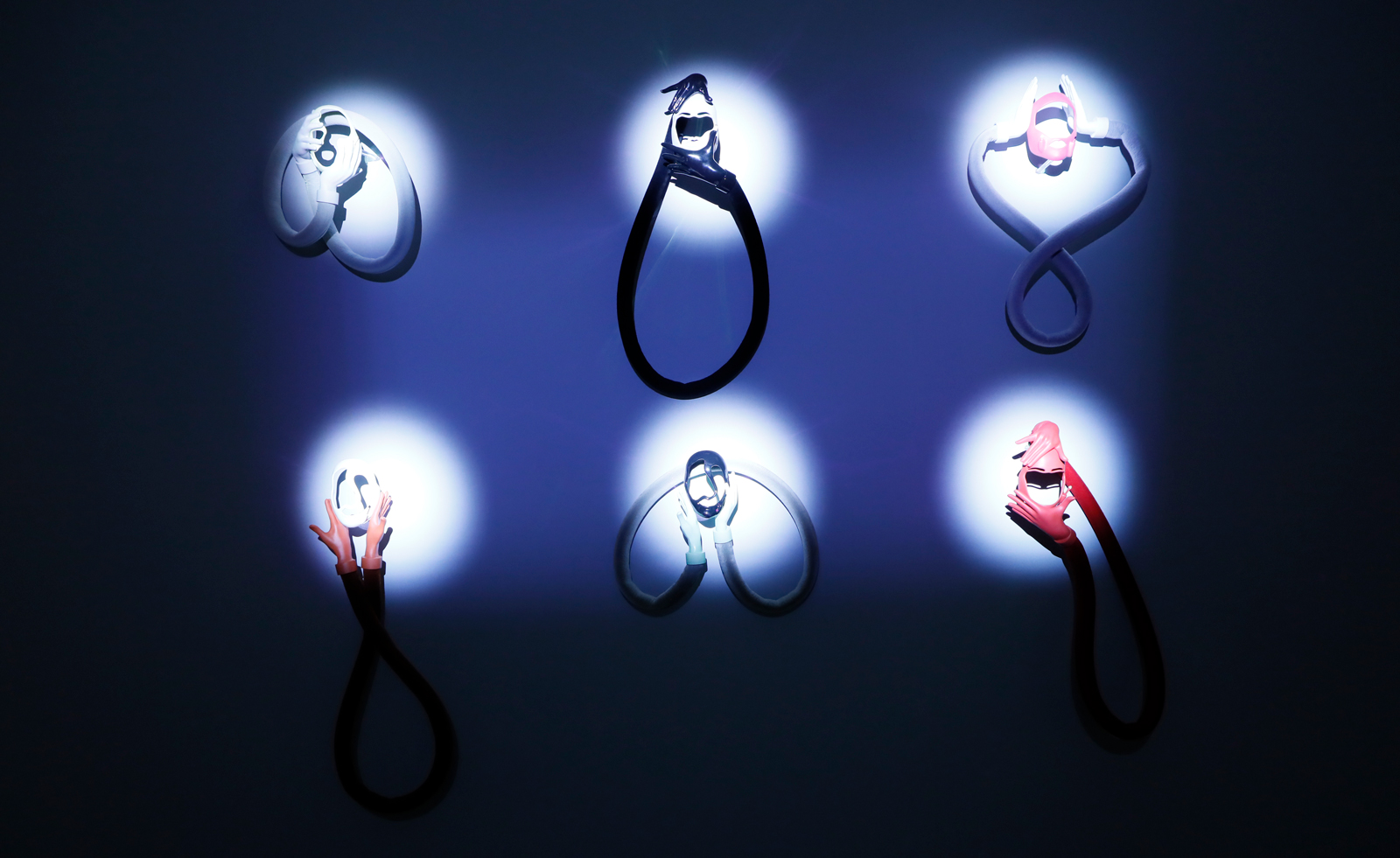
‘Disembodiment and migration are all themes I'm always concerned with,’ says Hussein Chalayan, who submits them to an anthropological dissection in a new exhibition, ‘Souffleur’.
Now on view at Istanbul’s Sakıp Sabancı Museum and coinciding with the 17th Istanbul Biennial, the exhibition is composed of three series and a video installation that considers both identity and the changing role of the body in the digital sphere.
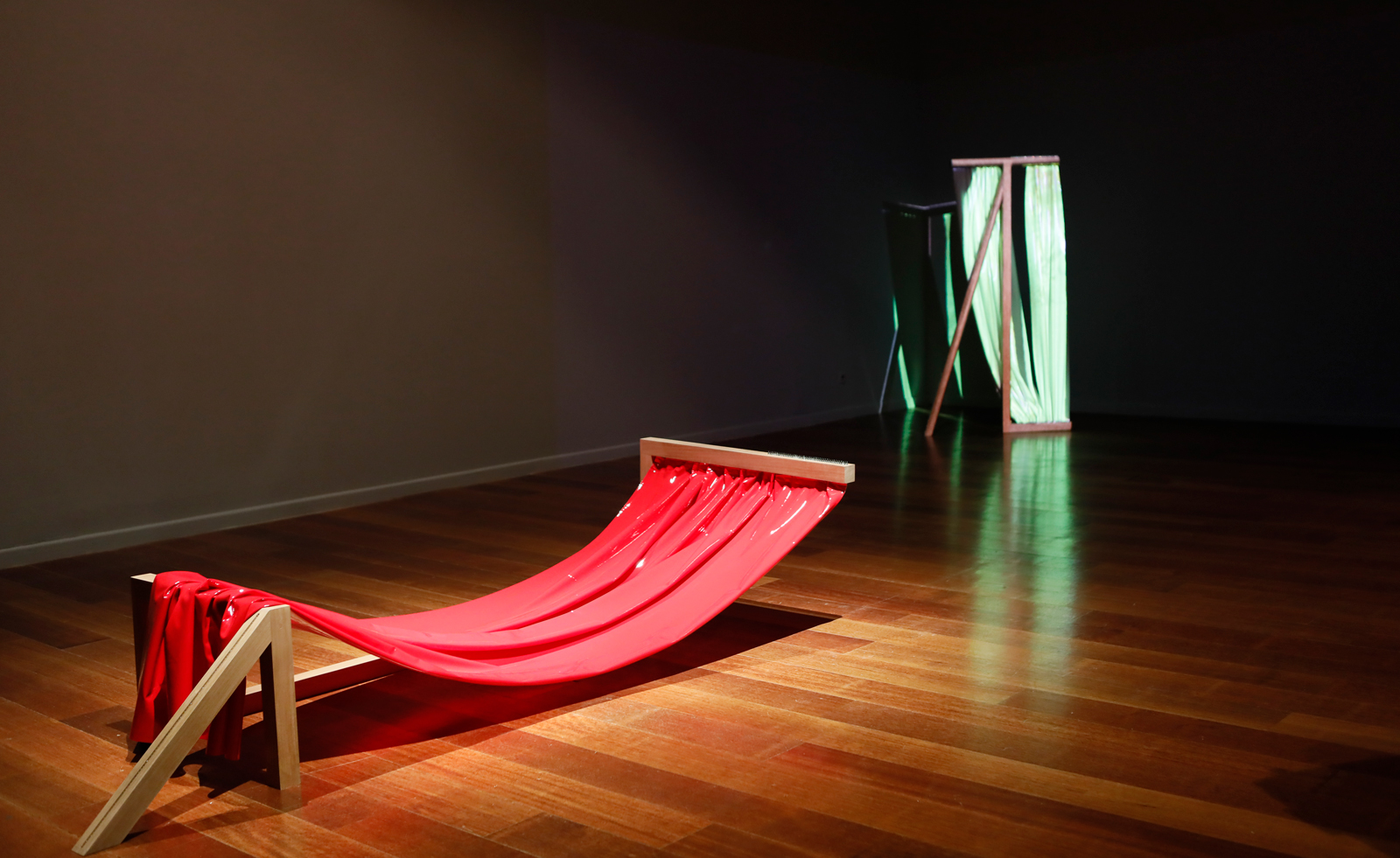
Post-Colonial Body.
‘For me, all the parts are connected – that’s why I call them prompters,’ says Chalayan of the objects in the installations. ‘I felt they were filling gaps in these subject matters; it’s a way of looking at these subjects, as reactions to some of these issues. But they’re also proposals [for] how you can look at it, so the whole thing becomes in some way an anthropological reaction.’
In Chalayan’s world, nothing is as it seems. In the first series, Pre-tension, the duplicity of popular culture is imbued with a sinister tangibility, bringing a clownish contortion to the traditional form of a mask. In Fake Celebrations, sculptures and garments become interchangeable, bodies frozen in movement, in a reflection of the synonymous relationship between Chalayan’s own career in art and fashion.

Fake Celebrations.
It is a transposability carried through to Post-Colonial Body, where furniture takes on anthropomorphic qualities; drapes of material becoming body parts dangling out of a day bed, investing furniture with a sense of movement. ‘The postcolonial representation of the body is merged with fetish elements,’ Chalayan adds of the shiny material that forms the base of the pieces. ‘It’s about that submission, and I quite like the connection.’
The film Gravity Fatigue, designed and directed by Chalayan, encompasses this intersection between the garments and their surrounding space. ‘It took me three years to develop, it was very intense,’ he says. ‘The idea of digital isolation, and the postcolonial project which I have been working on for three years now, are themes I also use in my fashion work. They're very current concerns for me, both because of the digital world we’re living in and how we’ve become digital beings in a way. On one side I think there's a postcolonial backlash, and I wanted to look at how it could affect the demeanour of the body. I’ve been working with these themes for a couple of years, but this is a new medium for me in a way.’
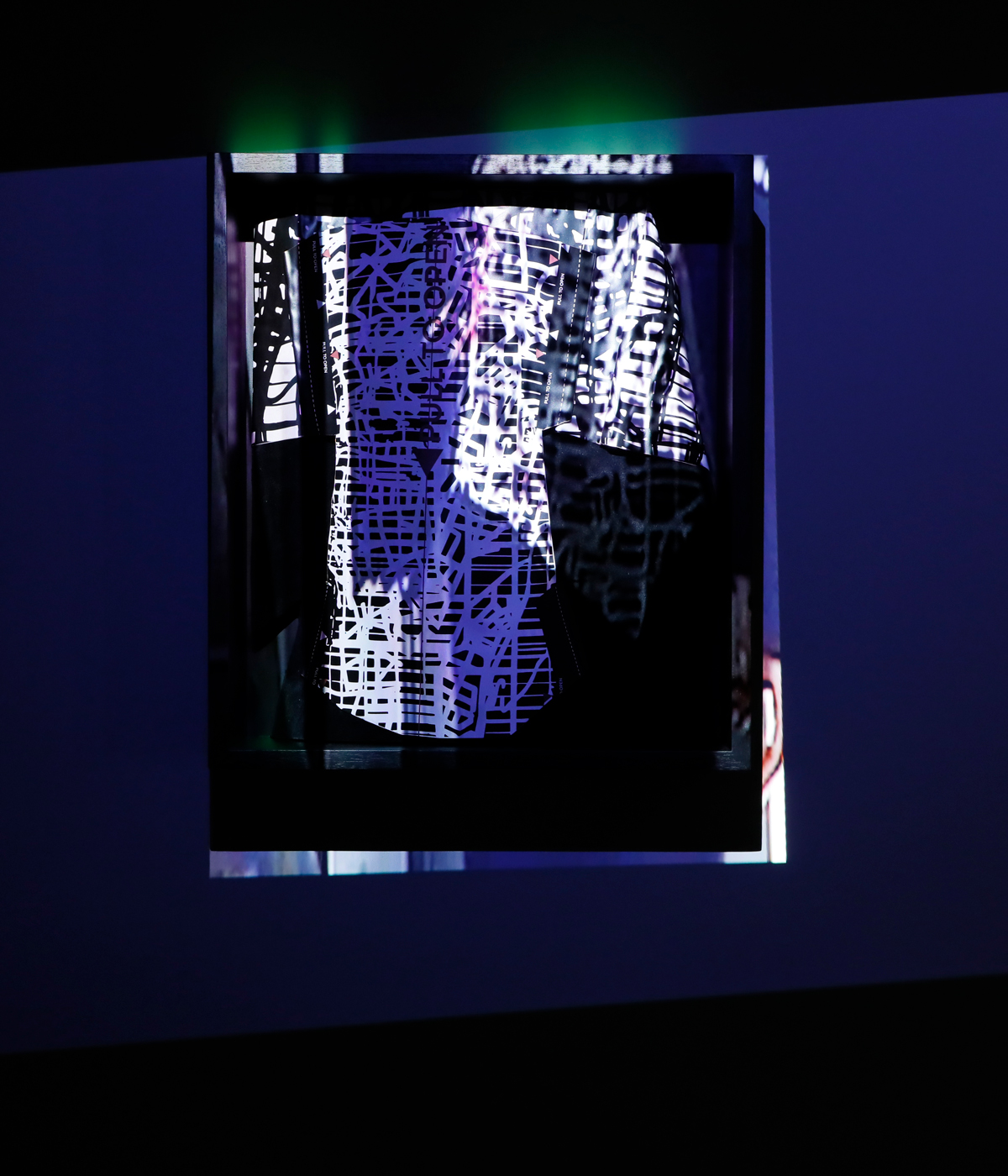
Fake Celebrations.
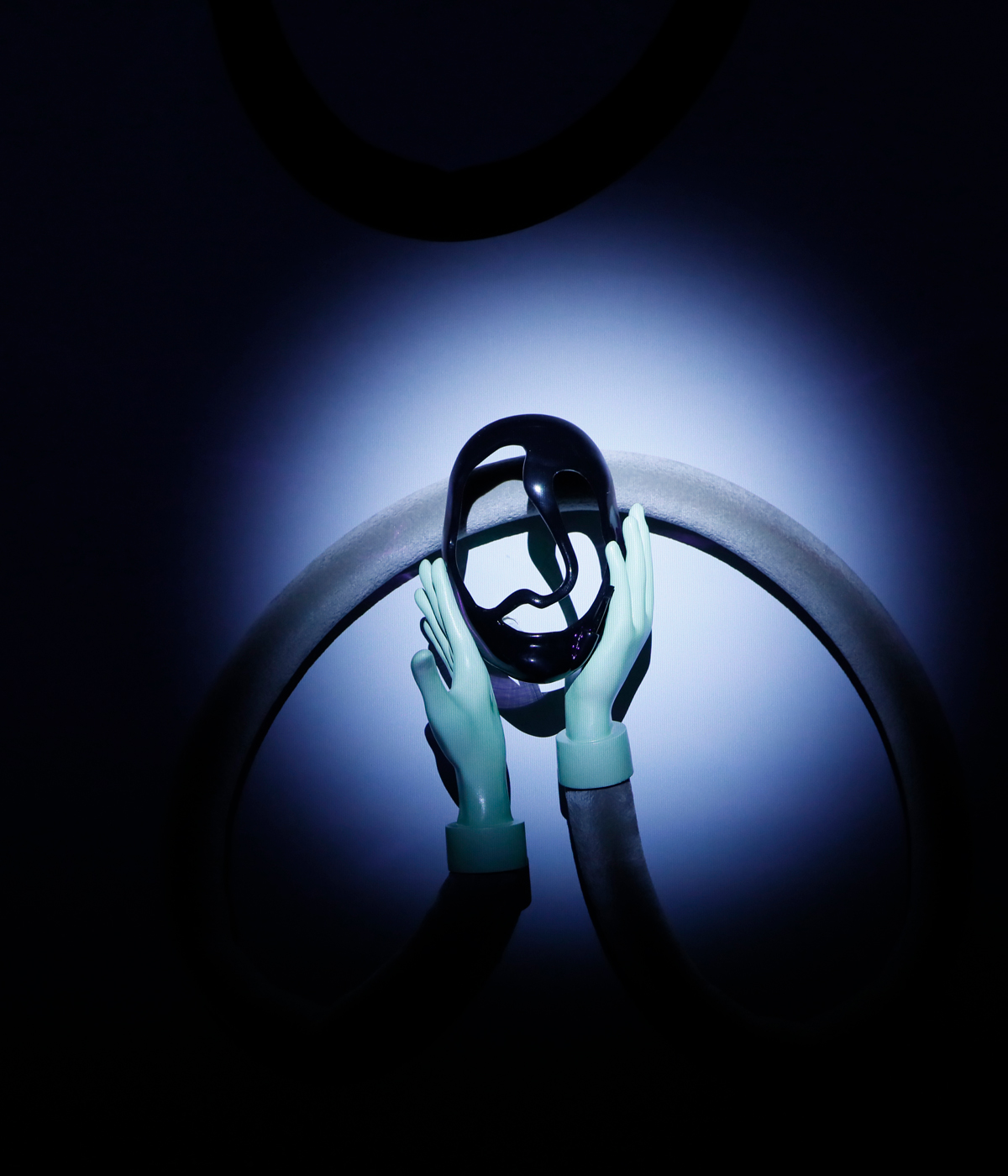
Pre-tension.

Post-colonial body.
INFORMATION
Receive our daily digest of inspiration, escapism and design stories from around the world direct to your inbox.
'Souffleur', a collaboration between the Sakıp Sabancı Museum and Pilevneli, will be on view at the Sakıp Sabancı Museum until 8 January 2023
Hannah Silver is the Art, Culture, Watches & Jewellery Editor of Wallpaper*. Since joining in 2019, she has overseen offbeat art trends and conducted in-depth profiles, as well as writing and commissioning extensively across the worlds of culture and luxury. She enjoys travelling, visiting artists' studios and viewing exhibitions around the world, and has interviewed artists and designers including Maggi Hambling, William Kentridge, Jonathan Anderson, Chantal Joffe, Lubaina Himid, Tilda Swinton and Mickalene Thomas.
-
 Winston Branch searches for colour and light in large-scale artworks in London
Winston Branch searches for colour and light in large-scale artworks in LondonWinston Branch returns to his roots in 'Out of the Calabash' at Goodman Gallery, London ,
-
 The most anticipated hotel openings of 2026
The most anticipated hotel openings of 2026From landmark restorations to remote retreats, these are the hotel debuts shaping the year ahead
-
 Is the future of beauty skincare you can wear? Sylva’s Tallulah Harlech thinks so
Is the future of beauty skincare you can wear? Sylva’s Tallulah Harlech thinks soThe stylist’s label, Sylva, comprises a tightly edited collection of pieces designed to complement the skin’s microbiome, made possible by rigorous technical innovation – something she thinks will be the future of both fashion and beauty
-
 17th Istanbul Biennial review: truth to power and food for thought
17th Istanbul Biennial review: truth to power and food for thoughtThe 17th Istanbul Biennial sees more than 500 contributors tackle the economic, political, social and ecological issues consuming our planet, from artistic censorship to urbanisation, fractured political systems to shrinking civic spaces
-
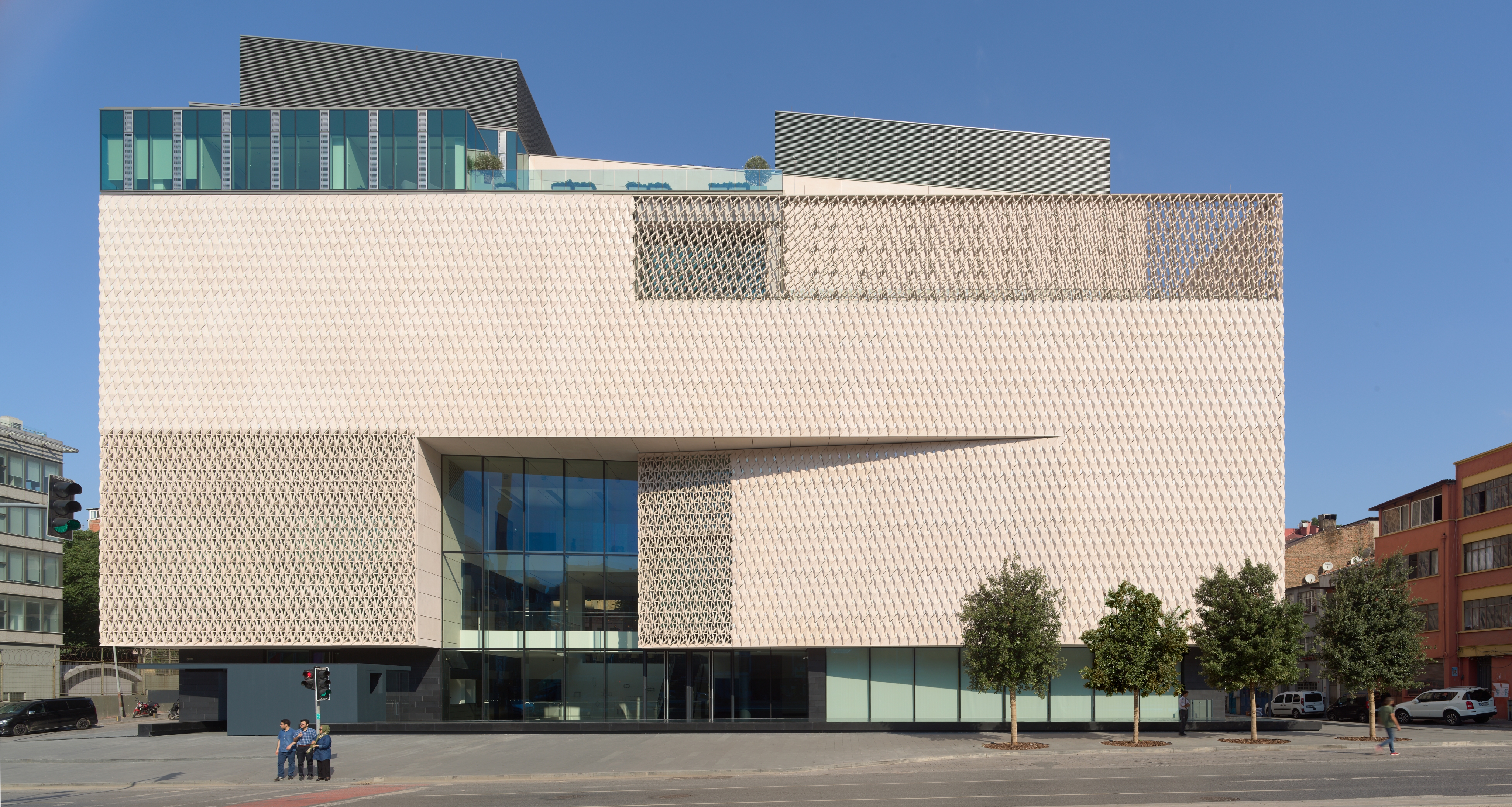 Arter is Istanbul’s first home for a permanent collection of contemporary art
Arter is Istanbul’s first home for a permanent collection of contemporary art -
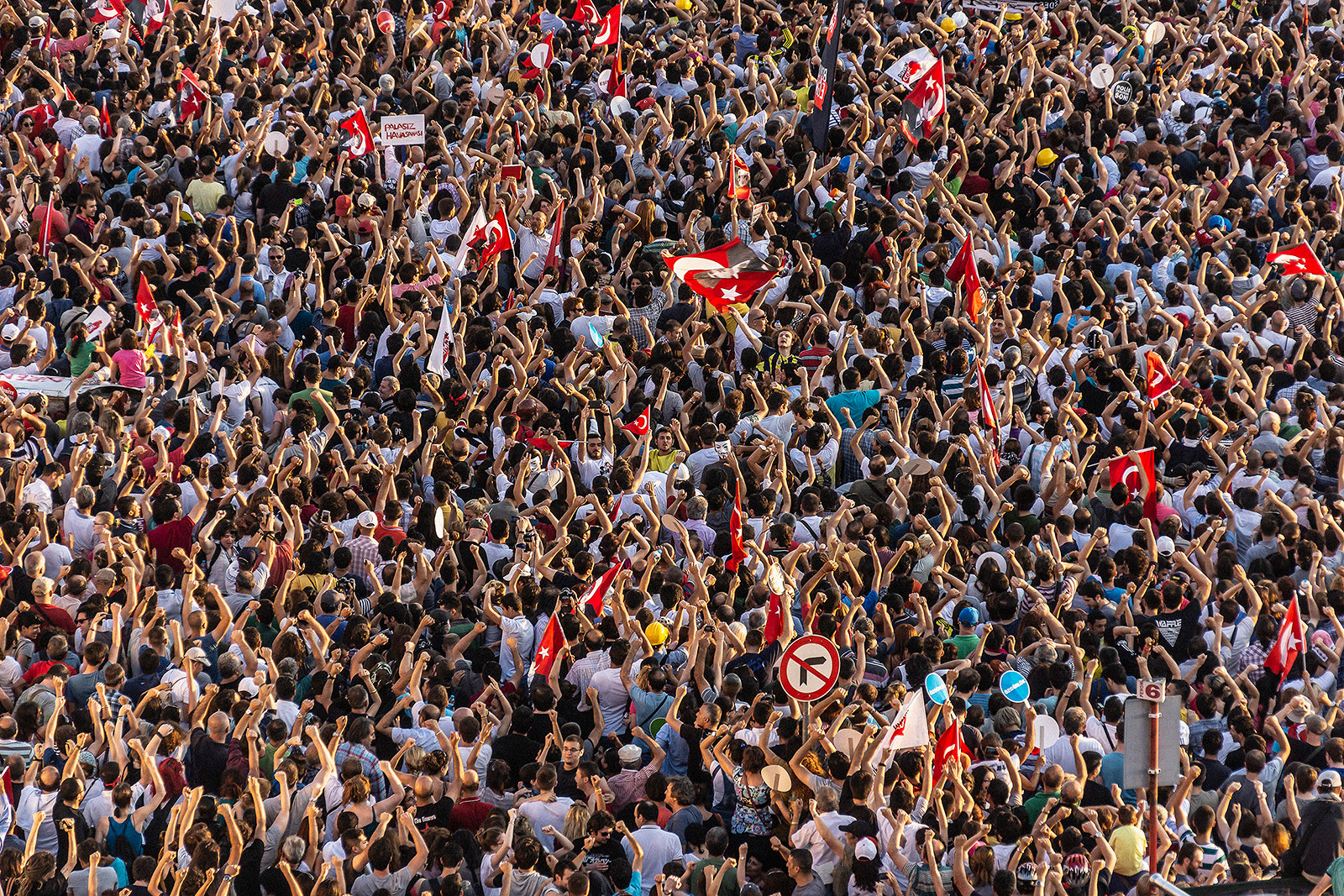 Amid populist turbulence, Istanbul’s art scene is forging defiantly ahead
Amid populist turbulence, Istanbul’s art scene is forging defiantly aheadThe city’s cultural cachet is rising, buoyed by the 16th Istanbul Biennial, Contemporary Istanbul art fair and the unveiling of Arter museum
-
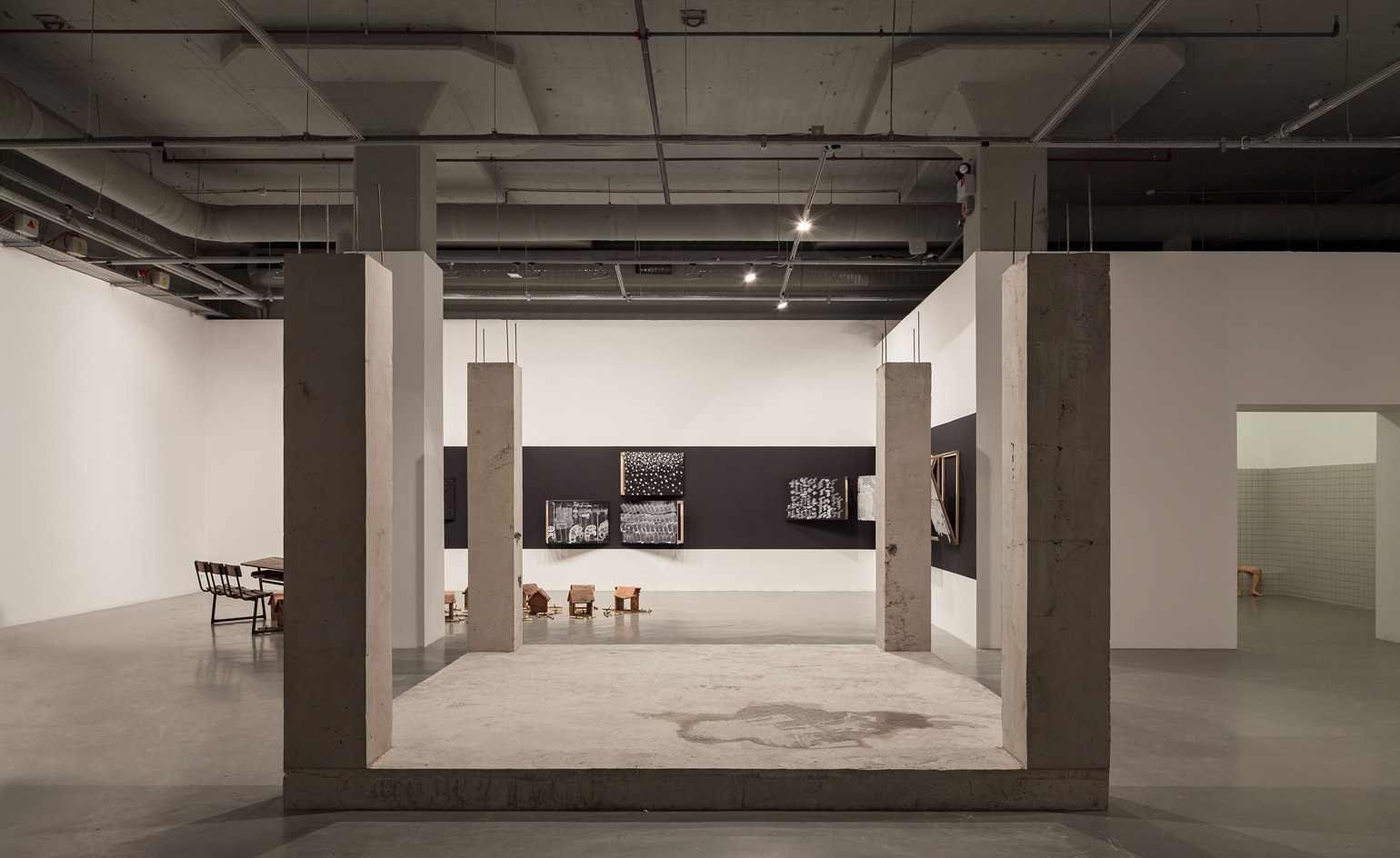 Elmgreen & Dragset bring a different perspective to Istanbul’s art scene
Elmgreen & Dragset bring a different perspective to Istanbul’s art scene -
 Censor and sensibility: Contemporary Istanbul courts controversy at its 11th edition
Censor and sensibility: Contemporary Istanbul courts controversy at its 11th edition -
 Vibrant voices: exploring the buzz around this year’s IST Festival in Istanbul
Vibrant voices: exploring the buzz around this year’s IST Festival in Istanbul -
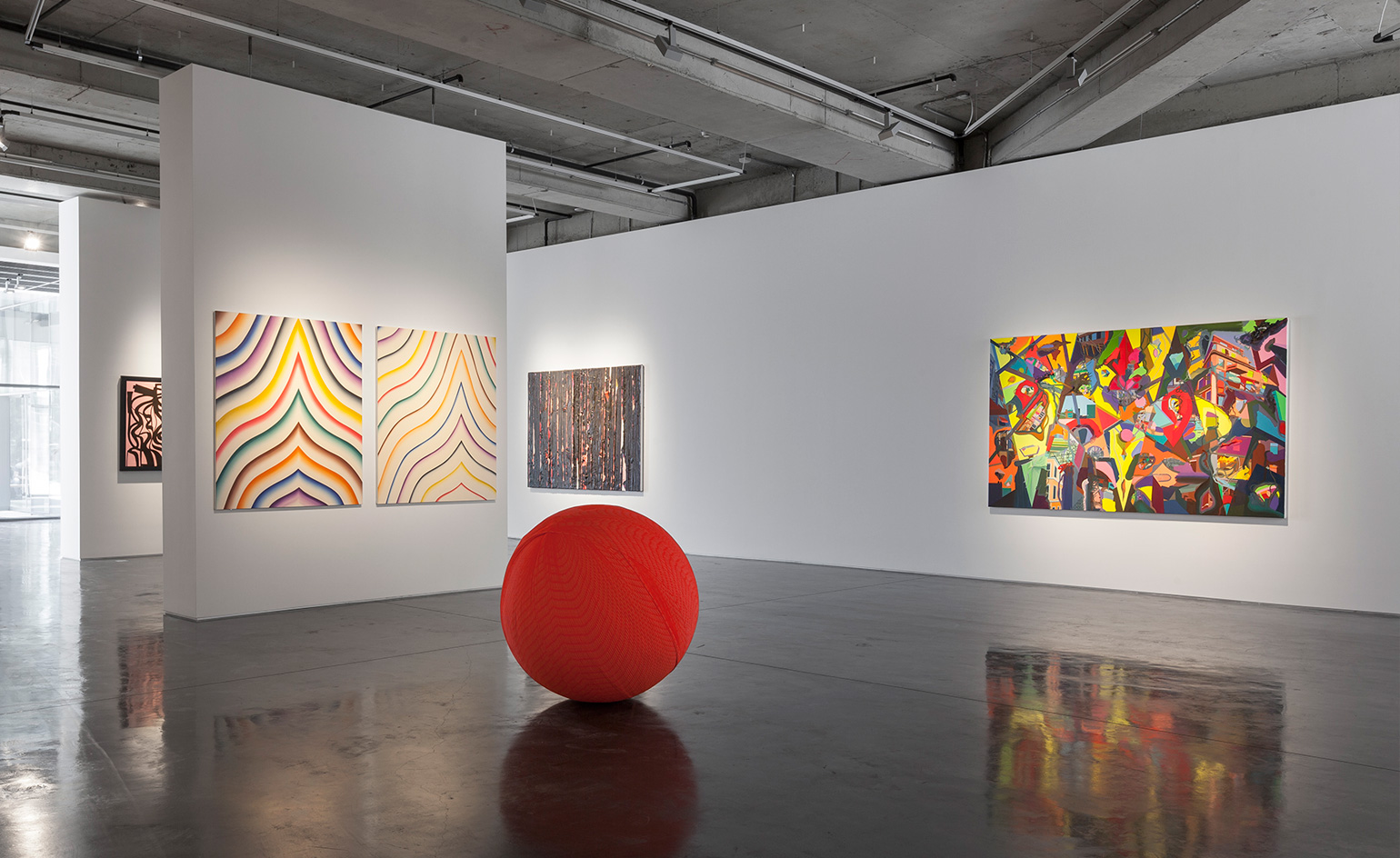 Istanbul gallery Dirimart inaugurates new space designed by Studio MDA
Istanbul gallery Dirimart inaugurates new space designed by Studio MDA -
 Hollywood glam: Alex Prager takes on Istanbul’s Arts and Culture Festival
Hollywood glam: Alex Prager takes on Istanbul’s Arts and Culture Festival